
Pellet stoves have become widely used and famous in a relatively short time. Its characteristics and economy make it very easy to use and perform well. Their fuel economy also helps them spread into markets and promote the image they give.
If you want to know all the keys necessary to know the operation of pellet stoves and if they are a good solution for heating your home or premises, this is your post 🙂
How do pellet stoves work?
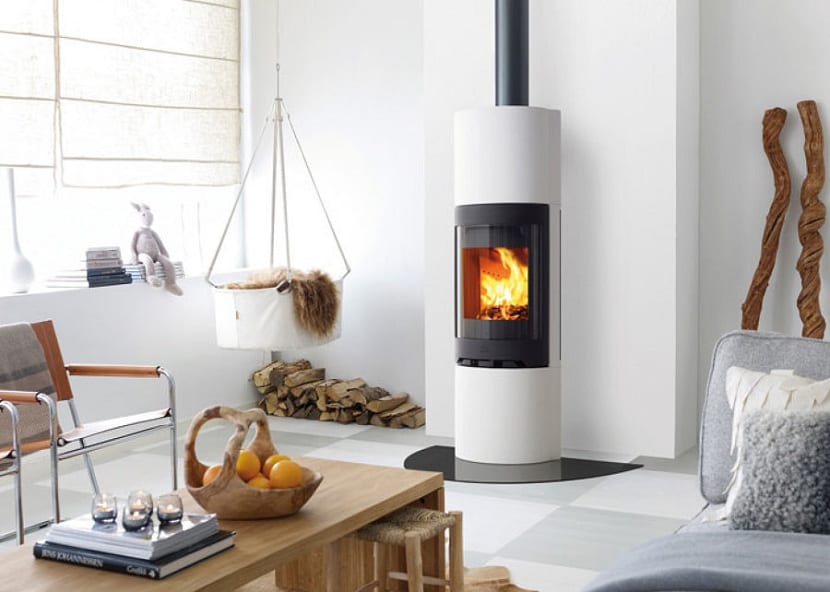
Its operation is relatively simple and inexpensive. The stove has a tank to store the fuel, in this case, the pellet. When we put the device into operation, a screw moves the pellet into the combustion chamber to fuel the fire at the rate at which the electronic control system indicates. The pellets burn, emitting heat and fumes that are channeled through a rear outlet where the outside chimney is connected.
This is placed in such a way that the smoke comes out of the premises or house where we have the stove placed and the heat is redirected inside, helping to increase the temperature of the home.
When talking about pellet stoves, it is common to see people who confuse them with traditional wood stoves. However, the difference is very important, since pellet stoves are ventilated. That is, they have an internal fan that takes the air from the premises, warms it up and returns it again to a higher temperature.
In the operation of the stove we can differentiate two phenomena of heat transfer in the same unit: first, we have the convection caused by the fan that drives the hot air and, second, the radiation due to the flame itself that is produced. These two phenomena can be an advantage over traditional wood stoves, since the transfer of energy by convection causes the environment to heat up more quickly.
Disadvantage of pellet stoves
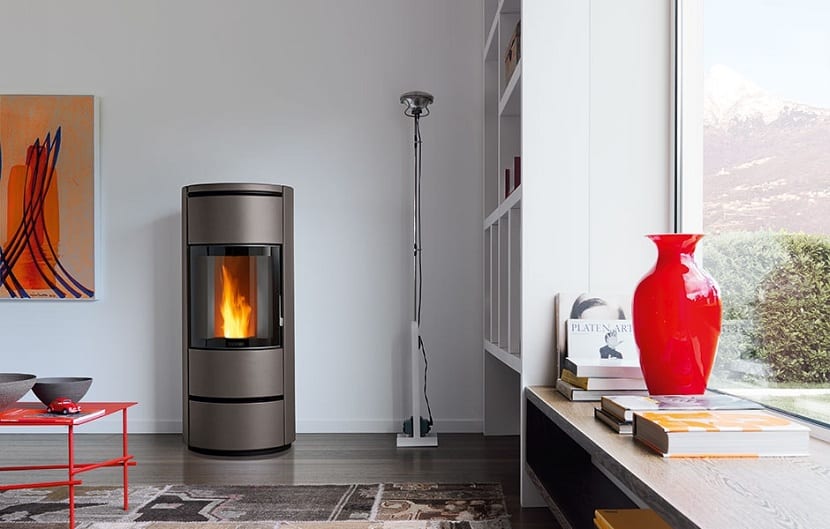
Not everything in this type of stove is positive. As always, everything has its pros and cons. In this case, the combustion of pellet stoves obtains the necessary air from the environment that surrounds it. When the combustion ends, that air is expelled into smoke through the chimney. So far good. In this way, the operation causes air to be drawn from the room to the outside, so we lose a small amount of hot air, which will have to be compensated for by a small air intake from the street that will be cold.
The air gradient circulates from where there is more air to where there is less. For this reason, if the stove extracts air from the room, there will be less air inside and the air from outside will enter through where it can, either through the cracks, holes in the windows, under the door, etc. All this air coming in from the street will be at a lower temperature.
However, to alleviate this problem, there are other pellet stoves that allow the air necessary for combustion to be extracted from the outside. In this way, the performance of the stove is generally improved. The drawback of this type of stove is that it requires drilling the façade twice, once for the chimney and once for the air intake.
Alternative
Chimney
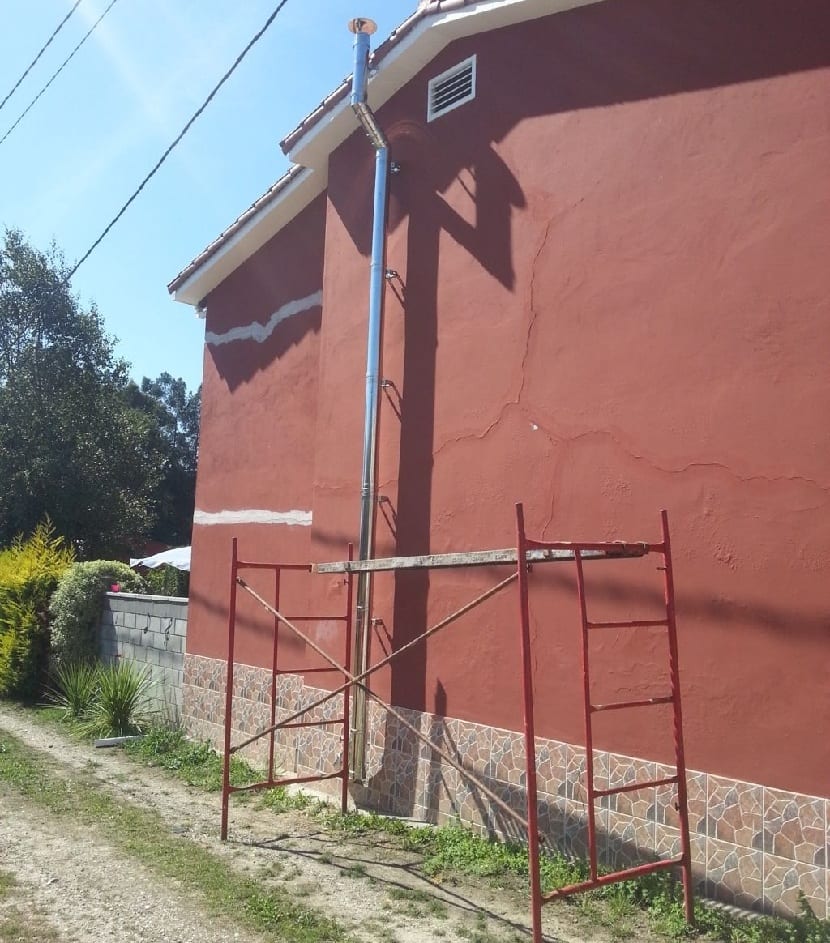
The fireplace is one of the least attractive points of the stove. However, it is necessary to evacuate all the fumes produced during combustion. It is important that the fireplace works properly at all times to avoid safety issues and possible drowning from lack of oxygen and excess CO2.
The regulation requires that the fumes from the stoves come out above the roof of buildings and houses. If you live in a community, it is more difficult to have to ask permission from the neighbors to place the fireplace.
Preferably it is better than the material from which the fireplace is constructed be made of stainless steel and insulated with a double wall. This avoids condensation of the smoke due to contact with humid and cold air. In the lower part of the chimney it is necessary to install a T with a plug to drain the condensation.
The maximum number of bends that the chimney conductor can have is three at 90 degrees maximum. It is highly recommended to install the air intake to improve performance.
Electrical power supply
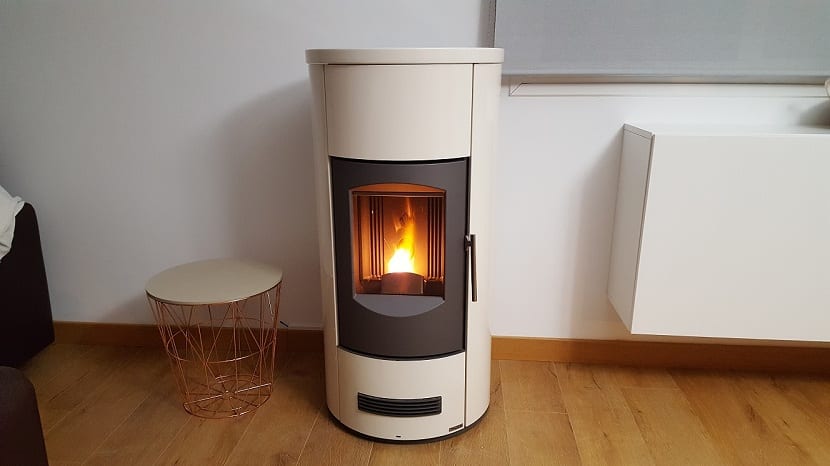
To choose the place in the house where we are going to install the stove we have to know that we will need an electrical supply point. Stoves require electricity to move the fans, the power screw, and initial power-up.
Electricity consumption it is usually 100-150W, reaching 400W at the moment the appliance is switched on.
Pellets
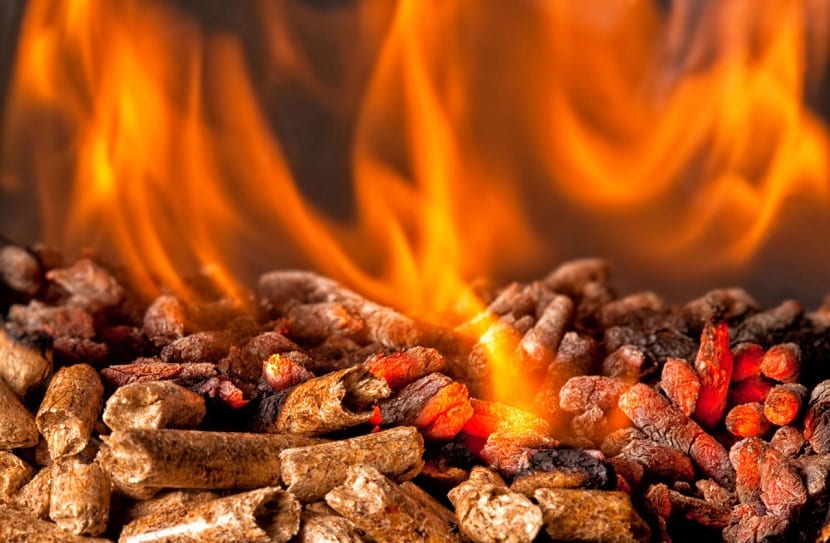
This is the fuel that will power the stove and that will provide us with heat. Pellet fuel costs us more or less € 0,05 for each kWh we consume. The 15 kg bags of pellets cost about 3,70 euros.
There are different varieties of pellet qualities and each one is adjusted to the capacity to produce heat. Choose the one that suits you best based on your budget.
The normal thing is to want to know how many pellets a stove consumes. However, this is difficult to calculate, since it depends on many factors such as the power of the stove, the type of pellet used, the current regulation, etc.
An indicative data is that a 9,5kW stove consumes between 800gr and 2,1 kg of pellets per hour, depending on how it is regulated. Therefore, a 15kg bag mentioned above, can last us about seven hours with the stove at maximum. The rate for the stove would be between 20 cents and 52 cents an hour.
This makes us see that a bag of pellets is not enough. If we do not want to be every two by three going to buy or that does not leave us lying down, it is important to get a good amount of pellets.
Types of stoves
Stoves of ductile pellets
These are models that allow the air to be conducted through a second and even a third exit to nearby rooms using air ducts. In this way we can have more warm rooms.
It must be taken into account that this air recirculation will not be as efficient, since the main source of energy is still radiation plus convection in the main room.
Hydro stoves
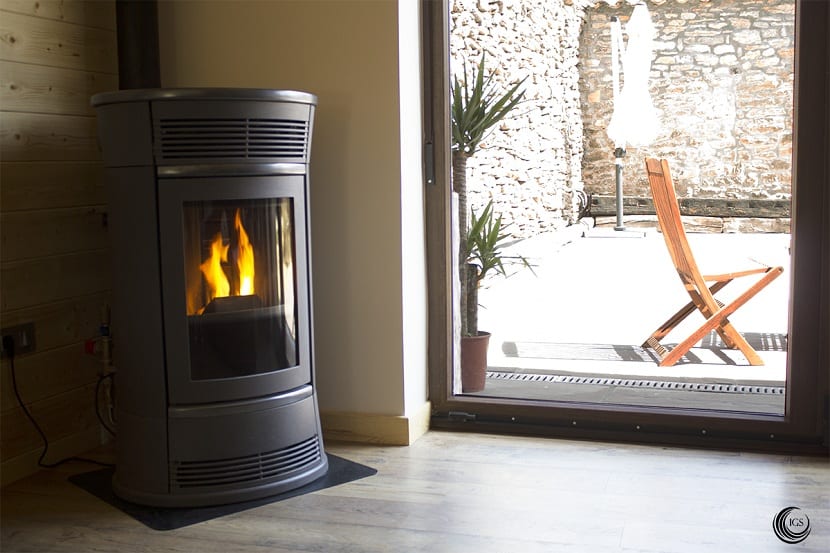
This type of stoves is considered an intermediate point between boiler and stove. It works like a common pellet stove, but inside it has an exchanger that allows it to heat water and distribute it to radiators or other elements of the house.
With this information you will be able to better understand the operation of this type of stoves to choose the one that best suits you.
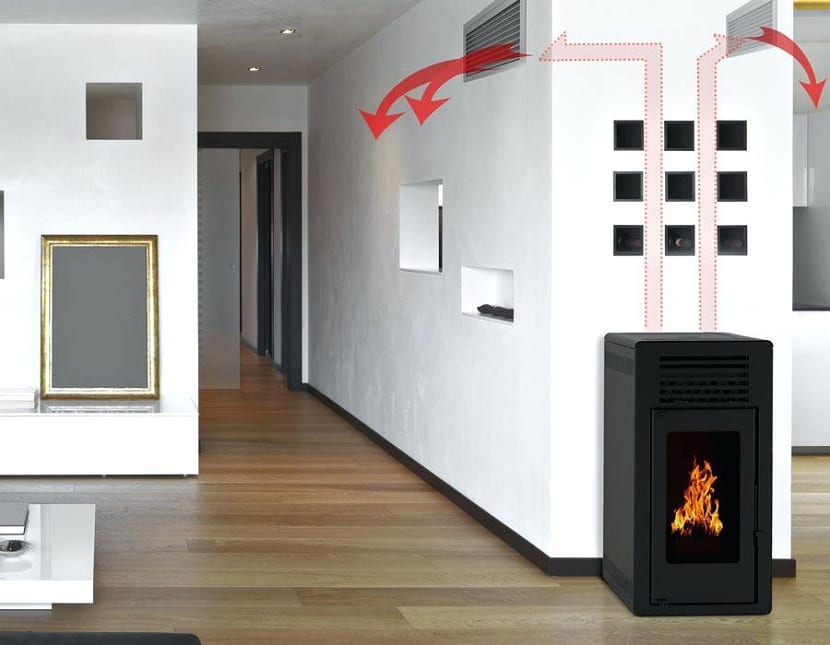
Good Andrés. Thanks for your comment.
The issue of biomass pollution is discussed in this post: https://www.renovablesverdes.com/calderas-biomasa/
And the aerothermal in this other: https://www.renovablesverdes.com/aerotermia-energia/
If you have any questions, I will be happy to solve them.
A greeting!
Hello, I wanted to respond to your answer but I do not know what happens with the message that is not published nor any type of error or explanation. I control this shorter to test to see if it is too long, some strange character or something similar. All the best.
Doctors do not have pellet stoves in their homes. Why? Because prolonged exposure to smoke from incomplete combustion of pressed wood causes cancer, this is systematically hidden.
Not to mention the problem of deforestation that pellet factories are generating. There is nothing ecological about this system.